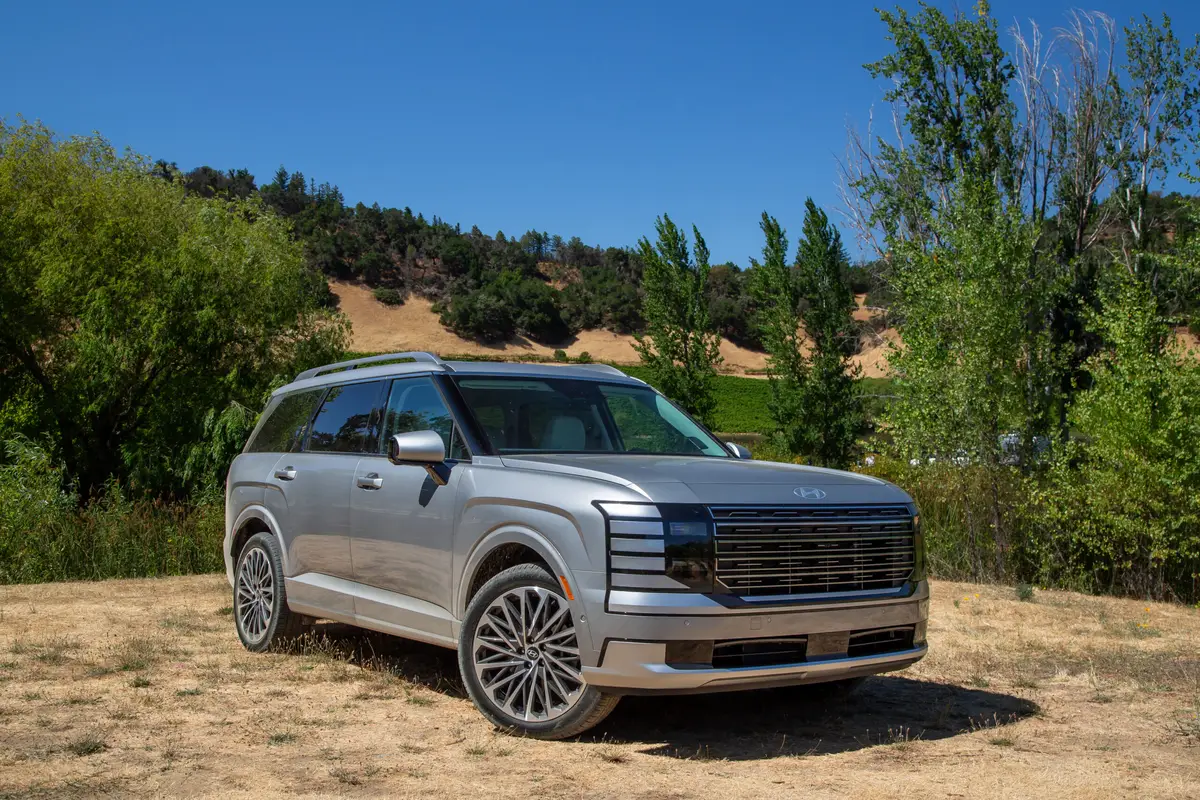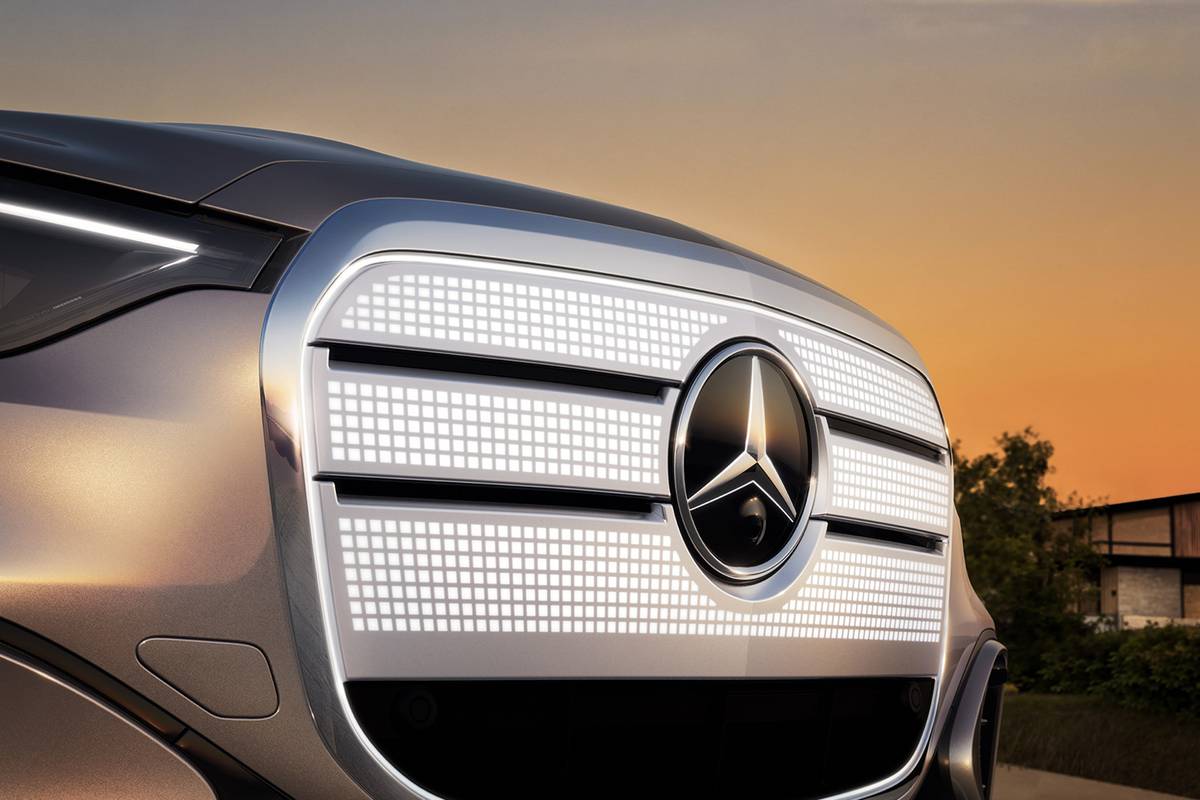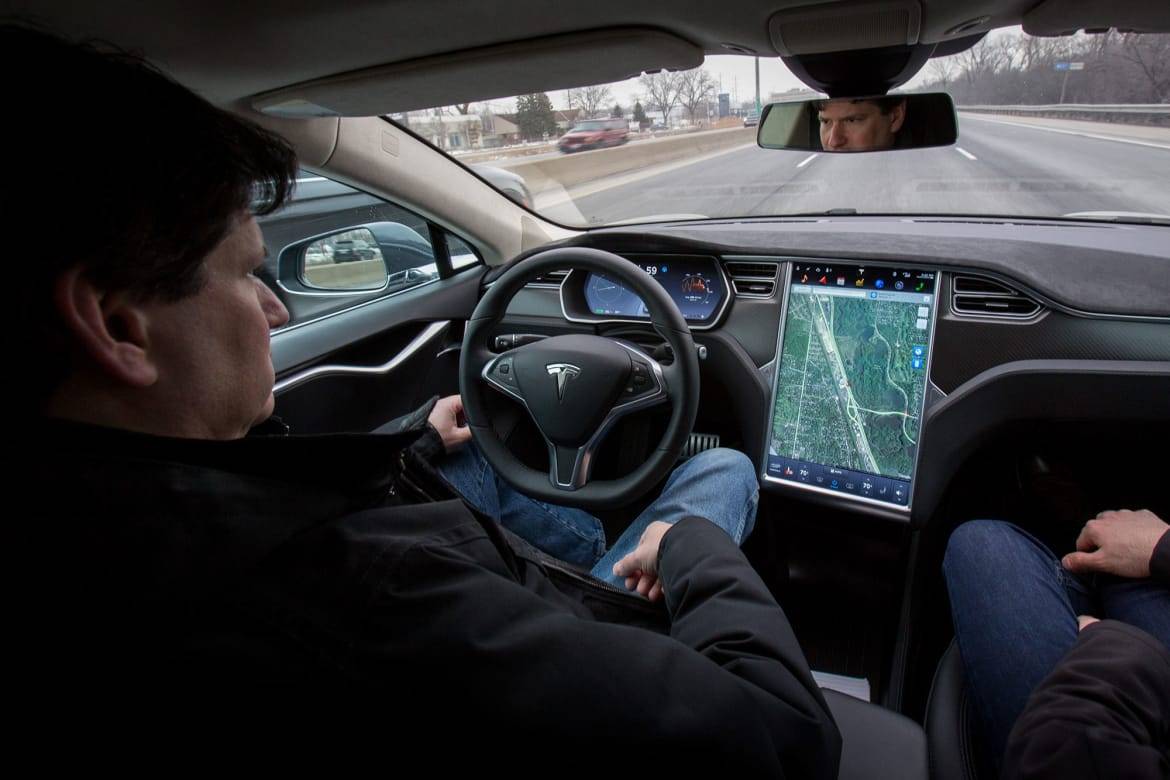Star-Telegram.com's view
NEW YORK — Mercedes-Benz is entering the crossover-SUV market with a new vehicle based on the Grand Sports Tourer show car the company introduced at the Detroit auto show more than two years ago.
The company rolled out the production version of the new model, called the R-class, at the recent New York International Auto Show, and it goes on sale this summer with prices starting under $50,000.
Similar in concept to the Chrysler Pacifica sport wagon, the new R-class will be available initially in two versions: the entry-level R350, powered by a 3.5-liter V-6 engine, and the uplevel R500, with a 5.0-liter V-8 under the hood.
We probably will see an AMG high-performance version later on, if Mercedes follows its past actions.
Like the Pacifica and other vehicles of its type, including the Dodge Magnum, Cadillac SRX and Infiniti FX35/45, the R-class is more big wagon than SUV, but as with those other vehicles, it won’t be marketed as a wagon. The “w” word is still not cool, at least in the eyes of American consumers. Most Americans associate wagons with those huge boats that baby boomers grew up with in the ’60s and ’70s, most of which were built on the chassis of the big sedans of the day.
That formula is still around in these new crossover vehicles, which, unlike typical sport utility vehicles, are built on car platforms rather than truck chassis.
Mercedes isn’t afraid to use the “w” word in its description of the R-class, however — kind of a brave move even to mention wagon although the description is quick to point out that the R-class is “an entirely new type of Mercedes.”
“The new R-class combines the distinct advantages of several disparate vehicles,” the company said in a news release handed out after the New York introduction at the Javits Convention Center. “The sure-footedness of a four-wheel-drive sport utility vehicle, the performance and comfort of a fine sports sedan, and the versatility of a luxury wagon.”
My take on this and others like it, especially the Pacifica and the SRX, is that they look a lot like big wagons of the past, but sit up higher — more like an SUV — to give drivers and passengers a better view of the road ahead. That, of course, is one of the main reasons people buy SUVs and full-size pickups; they like to be higher than most of the traffic around them. Of course, here in Texas most vehicles on the road are big pickups and SUVs, so you’re not really seeing over anyone else except those few still driving cars. Here are a couple of pluses with the R-class: Both models will come with a seven-speed automatic transmission and Mercedes’ 4Matic four-wheel-drive system.
The 3.5-liter engine is rated at 268 horsepower, while the V-8 cranks out 302 horsepower.
Like the Pacifica, the R-class comes with three rows of seating, with two captain’s chairs in each row, for a total capacity of six people. With its theater-style seating, the middle row is higher than the front, and the third row is higher than the middle. The R-class’ biggest competitor among vehicles of these type might well be the SRX, but there is quite a price difference. The SRX begins under $39,000 for the V-6 version; the V-8 model begins at just over $50,000, which is the starting price for the R350 with its V-6. But the price gap closes a bit when all-wheel drive is added to the SRX — it’s a $1,900 option.
Despite the R-class model’s similarity to the Chrysler Pacifica’s “sport-tourer” configuration, with the six-passenger seating and overall similar layout, the vehicles are very different. The Pacifica is built on the chassis of Chrysler’s popular minivans and comes only with front-wheel drive. Prices begin in the mid-$20,000s, and top out at about $37,000.
The R-class, then, apparently is intended for those who want something like a Pacifica, from the same company (DaimlerChrysler is the parent of both Chrysler group and Mercedes-Benz), but with more refinement and luxury.
Mercedes believes that the R-class also will be shopped against the Cadillac Escalade, a truck-based pure SUV that in base form is actually five inches shorter than the R-class (the Suburban-length Escalade ESV is longer than the R-class, however). The R-class is much roomier than the SRX, though, mostly because the R-class is 10 inches longer.
The R-class is an inch longer than Mercedes’ flagship S-class sedan, and has a very roomy interior. Mercedes says there are 34 inches between the front and second rows of seats, and 30 inches between the second and third rows.
Among interior features are a four-spoke steering wheel with brushed-aluminum accents; large gauges on the instrument panel; and a center console that holds the controls for the automatic climate control, audio and navigation systems, and integrated telephone. The audio system comes with AM/FM and weather band, compact-disc player, and a jack for plugging in an external MP3 player such as an Apple iPod.
There is no cumbersome floor-mounted shifter to take up lots of space. The R-class has a small shifter stalk on the right side of the steering column; it is lifted up for “reverse” or pushed down for “drive,” and a button on the end is used to put the transmission in “park.” Shift buttons on each side of the steering wheel allow the driver to shift manually through the seven speeds of the gearbox, but without having to worry about a clutch.
Mechanical features include power rack-and-pinion steering, four-wheel independent suspension, four-wheel antilock disc brakes, and either 17- or 18-inch wheels, with the R350 getting the smaller ones. An AMG sport package adds 19-inch wheels, and can be ordered for either model.
The car has unibody construction — body and frame are combined. Mercedes says that more than 60 percent of the body is made up of high-strength steel, which helps keep the vehicle in shape during a collision. Front and rear crumple zones are built into the body structure.
To help reduce corrosion, all body panels are zinc-galvanized, and are coated with rust-reducing zinc pigments, the company said. Underneath, plastic cladding is used to protect components from rocks, water and dirt.
Other safety features include two-stage front air bags, window-curtain side air bags for all three rows of seating, computerized stability control, four-wheel traction control, and electronic brake assist.
Mercedes says the electronic stability control system can reduce single-car accidents significantly by sensing a skid and applying brakes on one or more wheels to keep the vehicle from going out of control. This occurs within a fraction of a second, the company said. Stability control systems are becoming standard on many cars and SUVs these days. Other than saying that the base model will begin under $50,000, no prices have been announced yet. No EPA fuel-economy figures have been released either.
G. Chambers Williams III is staff automotive columnist for the San Antonio Express-News and former transportation writer for the Star-Telegram. His automotive columns have appeared regularly in the Star-Telegram since 1995. Contact him at (210) 250-3236; chambers@star-telegram.com.
Latest news

2026 Hyundai Palisade Review: Growing Gains


